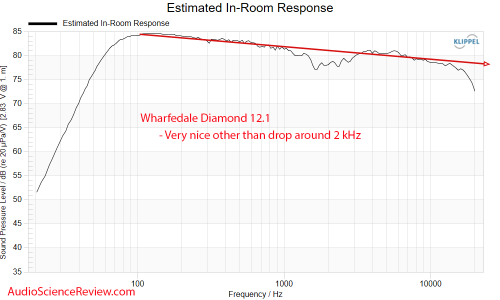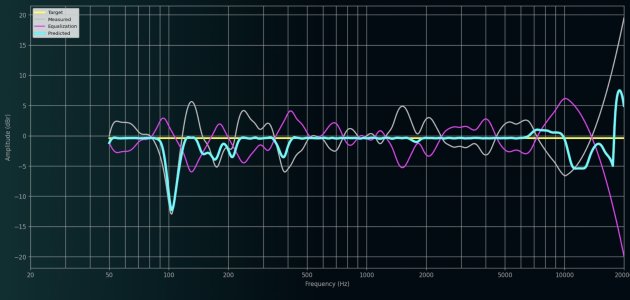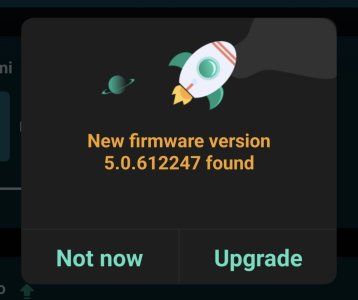eByGum
Member
I said I'd report back when iPad mic swapped out so here's some comments.
I tried getting my Behringer ECM8000 to work on the iPad but soon ran into the concept of phantom power. Tried an adapter to inject power with the USB-A connector but that didn't work. Only option was to buy an audio interface or phantom power injector. 50+ bucks I don't want to spend. Decided to get the Dayton Audio iMM-6 with TRRS connector designed for iPad. Comes with calibration file but no way to introduce that in RC (maybe a feature that should be added). The resultant tests I would say are worse. I tried having no sub, sub at 50hz and sub at 200 hz...charts below. I'm beaten, don't know how to make this work. Makes me think WiiM may be in for a significant support issue considering all the crappy/uncalibrated mics out there and likelihood of issues like this cropping up. Looking forward to next beta version to see if anything changes.

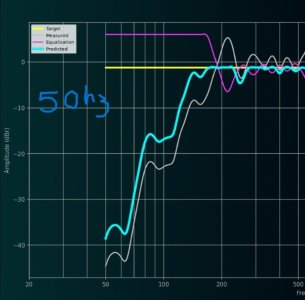
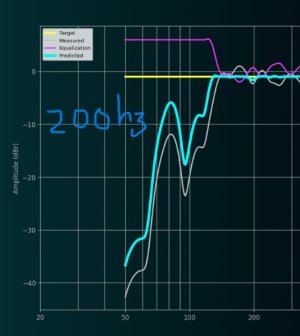
I tried getting my Behringer ECM8000 to work on the iPad but soon ran into the concept of phantom power. Tried an adapter to inject power with the USB-A connector but that didn't work. Only option was to buy an audio interface or phantom power injector. 50+ bucks I don't want to spend. Decided to get the Dayton Audio iMM-6 with TRRS connector designed for iPad. Comes with calibration file but no way to introduce that in RC (maybe a feature that should be added). The resultant tests I would say are worse. I tried having no sub, sub at 50hz and sub at 200 hz...charts below. I'm beaten, don't know how to make this work. Makes me think WiiM may be in for a significant support issue considering all the crappy/uncalibrated mics out there and likelihood of issues like this cropping up. Looking forward to next beta version to see if anything changes.




